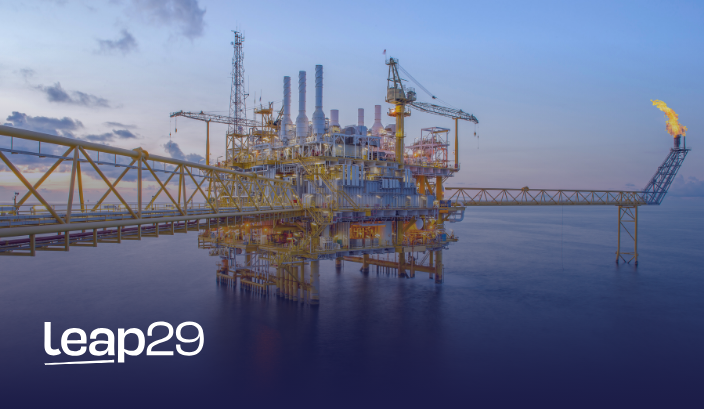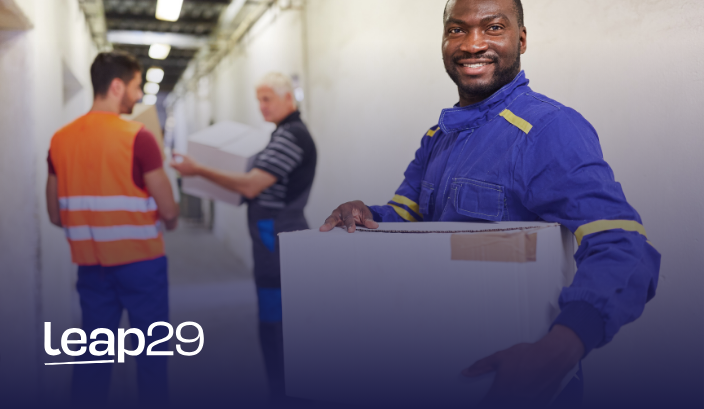Transferable skills for Subsea Installation Engineers in the Renewable Energy Sector
Subsea engineering knowledge
Installation engineers in the oil&gas industry have a deep understanding of subsea systems, equipment, and installation methodologies. This knowledge can be applied to cable lay projects for offshore wind, as both involve working in a subsea environment and dealing with various subsea components, such as cables, connectors, and seabed structures.
Project management
Installation engineers are often involved in project management aspects, including planning, scheduling, and coordinating activities. Cable lay projects for offshore wind also require effective project management skills to ensure timely and successful completion. Skills such as resource management, risk assessment, and coordination with different stakeholders are transferable.
Installation techniques and equipment
Installation engineers have experience in utilizing various installation techniques and equipment, such as pipelaying vessels, remotely operated vehicles (ROVs), and survey equipment. These skills can be adapted to cable lay projects for offshore wind, where similar installation techniques and specialized vessels are used for laying and burying subsea cables.
HSE practices
Installation engineers are typically well-versed in HSE practices, including risk assessments, safety protocols, and emergency response. These skills are directly transferable to cable lay projects for offshore wind, ensuring safe and compliant operations.
Problem solving and troubleshooting
Installation engineers possess problem-solving and troubleshooting skills that can be utilized when facing obstacles in cable lay projects. This ability to think critically and find solutions is highly valuable in both sectors.
Teamwork and communication
Installation engineers are accustomed to working in multidisciplinary teams, coordinating with various stakeholders, and ensuring clear communication. These teamwork and communication skills can be applied to cable lay projects for offshore wind, where collaboration between different teams is essential.
Regulatory compliance
Installation engineers in the oil&gas industry are familiar with regulatory frameworks, standards, and industry-specific requirements. This knowledge can be leveraged when transitioning to cable lay projects for offshore wind, as compliance with regulations and standards is also crucial in the renewable energy sector.
While there are differences in specific technologies and practices between subsea installation in oil&gas and cable lay projects for offshore wind, these transferable skills provide a strong foundation for installation engineers to transition to the renewable energy sector. What do you think? Have I missed anything?





